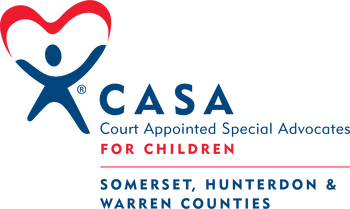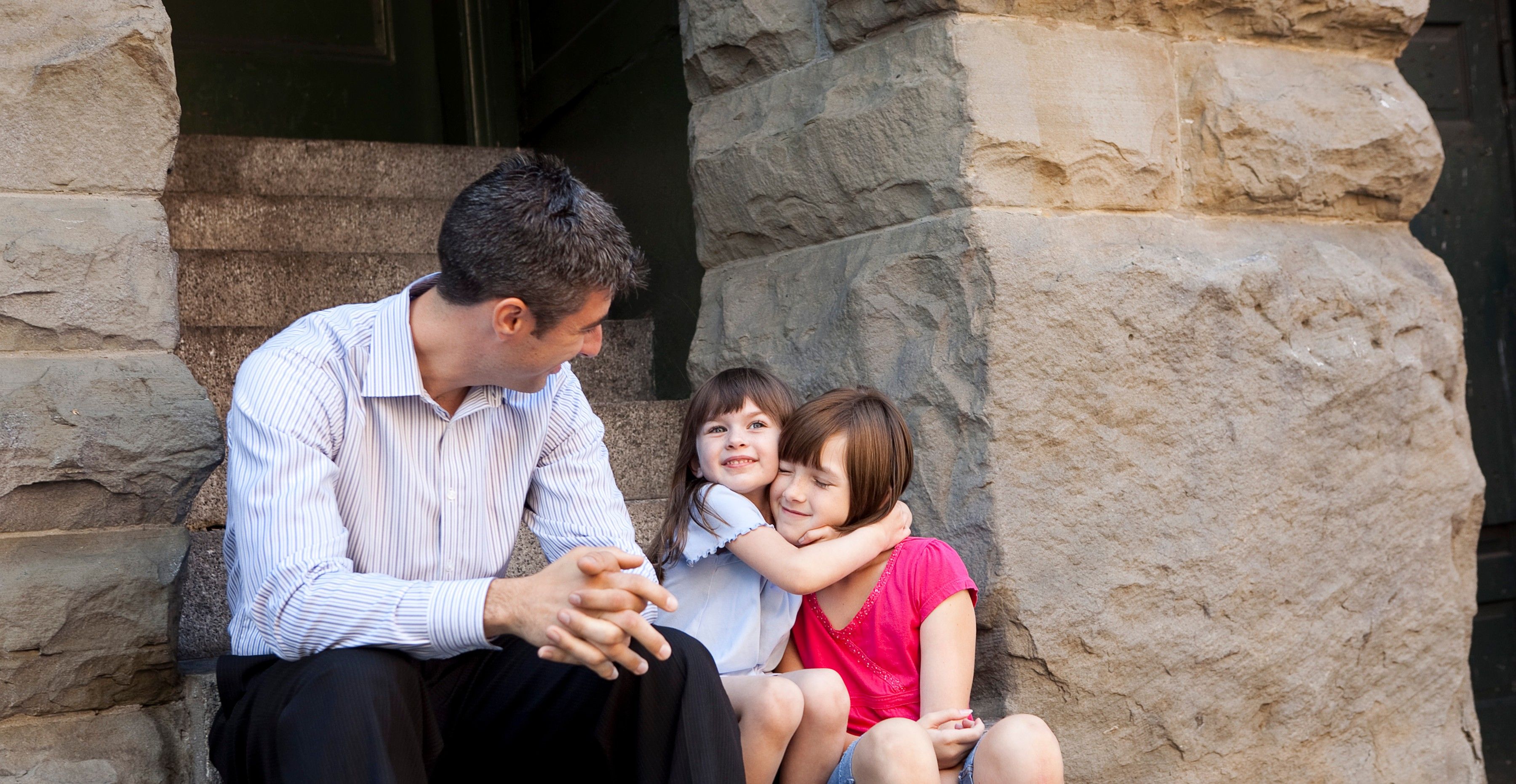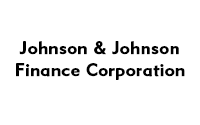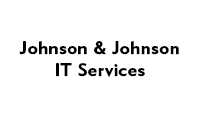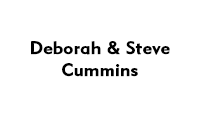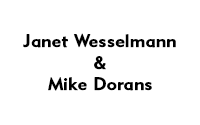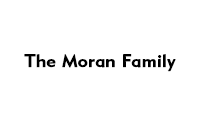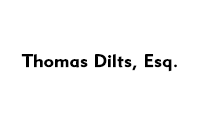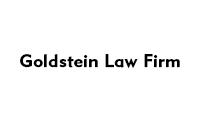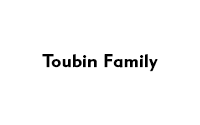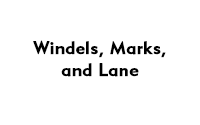
On June 28, 1969, the gay and lesbian community launched a series of violent demonstrations at the Stonewall Inn in Greenwich Village New York City in response to a police raid. Known as the Stonewall uprising, these riots represent the foundation of the modern fight for LGBTQ rights in America.
The situation on June 28 spun out of control very quickly and tensions continued to inflame protests that lasted several nights after the initial incident. Activists groups formed out of these protests, and places where gays and lesbians could gather without fear were established. A year after Stonewall, the first Gay Prides marches took place across the country including New York, San Francisco, Los Angeles and Chicago. Fifty years later, just like so many marginalized groups, the LGBTQ+ family continues to confront ignorance, hate and inequality.
This struggle is particularly prevalent for LGBTQ+ foster youth.
Research shows that a higher percentage of youth living in foster care identify as LGBTQ+ youth as compared to the general youth population. While LGBTQ+ youth enter foster care for typical reasons – abuse, neglect, and parental substance abuse – many experience additional trauma associated with rejection, mistreatment, and abandonment because of their sexual orientation. Once the youth enter foster care they find a system that, besides the best intentions, subjects them to further bias and discrimination.
“I was told that foster families didn’t want a gay kid in their home, so I grew up in group homes and residential centers where I was abused sexually, physically and emotionally,” says Kristopher, who spent eight years in foster care (Foster Club and the Human Rights Council)
Protective discrimination laws and policies for LGBTQ+ foster youth are different in each state. This lack of a national standard, lead to a hodgepodge of legislation that fails to truly protect the LGBTQ+ foster population in any significant way. According to Foster Club and the Human Rights Council, only 13 states and the District of Columbia have explicit laws or policies in place to protect foster youth from discrimination based on both sexual orientation and gender identity.
Even in New York City, where the beginning of the LGBTQ+ movement was born, Foster Club conducted a survey that found 78 percent of LGBTQ+ foster youth moved or ran away from their foster placements because of hostility toward their sexual orientation or gender identity. The same survey found that 100 percent of LGBTQ+ youth living in group homes experienced verbal harassment and 70 percent endured physical violence which leads to increased incidents of homelessness because the youth feel safer on the streets than in the institutions that are meant to protect them.
“LGBTQ youth are at greater risk of experiencing violence, and they are at higher risk of experiencing negative health and life outcomes, such as low graduation rates and mental health issues. With this knowledge, it is imperative that we support youth who identify as LGBTQ and make sure they develop in such a way that they are enriched, rather than being so disenfranchised. In child welfare, that starts with the foster care placement process, where we can surround children with supportive relationships and resources.” Terrence (Terry) Scraggins in an article for The Chronicle of Social Change, November 26, 2018
In addition to a greater instance of homelessness, LGBTQ+ youth are even less likely to achieve permanence through reunification, kinship care or adoption – further isolating, traumatizing and creating more obstacles for the youth. These challenges can lead to even more devastating outcomes for the youth including poorer physical health, mental well being, and educational outcomes.
Anytime that a youth fails to meet their fullest potential is a failure on our systems and policies that are meant to protect them. We must take greater care in standing up for and guiding LGBTQ+ foster youth so that they too will overcome these harsh inequalities and become role models for the next generation of LGBTQ+ youth.
